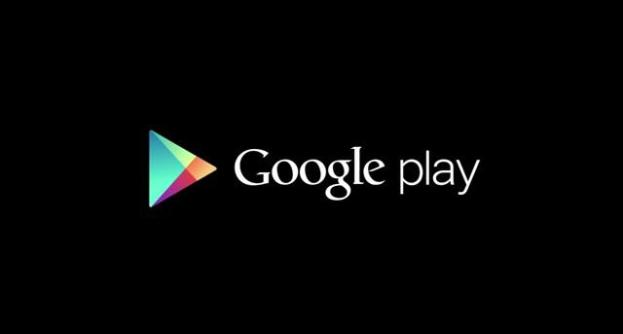
We’ve been reporting left and right on all the innovations that Google has been introducing the last few days at its annual I/O conference. But yesterday, as Engadget reports, the conglomerate revealed some information that should get any app developer excited and eager to start capitalizing on their next, big app creation.
In the last year, Google’s Play Store has seen tremendous growth in the in-app sales. How big, you ask? According to today’s session, they have grown by a staggering 700 percent. People are finally getting comfortable paying for content inside an app.
Not only have in-app sales grown, but Google Subscriptions, which only launched a year ago, have doubled revenue each of the last four quarters. Even apps that are free to download at first are climbing to the top of the most profitable Android app list, thanks to the income being generated when users opt to subscribe … for a fee.
While both methods of earning money are proving to be profitable, Google reminds developers that in-app purchases are still leading the pack, and suggests that those creating new apps should strongly consider focusing on free apps that allow for in-app purchases. The theory behind that being that you must first get a user to love your game, and then you can more easily convince them to spend money on it. It’s a swap from the traditional up-front purchase model that has driven gaming for the last 30 years.
Another suggestion from Google to developers: focus on tablet apps, if looking to increase user spending. People are 1.7 times more likely to spend money on an tablet app over a smartphone app. In addition, developers are advised to stay current, particularly with all of the new functions Google displayed this week; when apps are up-to-date with the latest and greatest, users are 2.2 times as likely to spend.
It’s clear that Google wants to help developers learn how best to monetize their apps, and why shouldn’t it? Google gets a cut of earnings, so it’s in the company’s favor.
Editors' Recommendations
- How to get Android apps on a Chromebook
- How to install the Google Play Store on an Amazon Fire tablet
- Google is launching a powerful new AI app for your Android phone
- Google just redesigned one of its biggest apps, and it’s bad
- Google is killing another one of its popular apps, and it’s a big one

